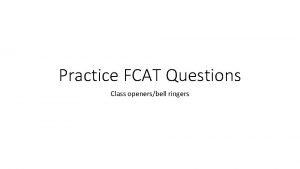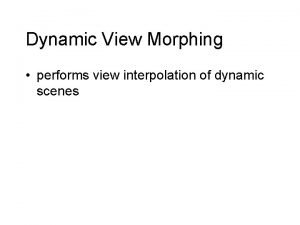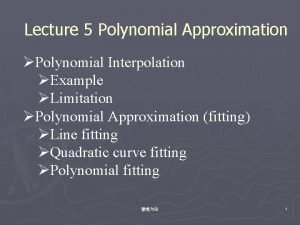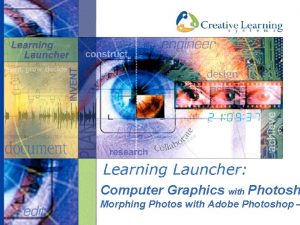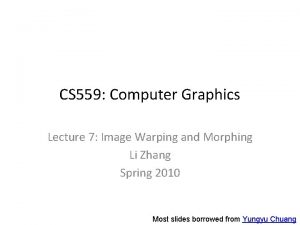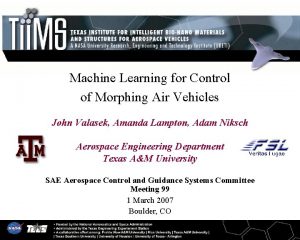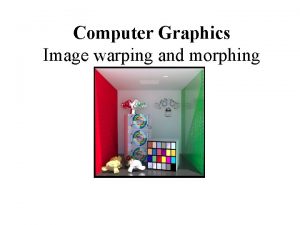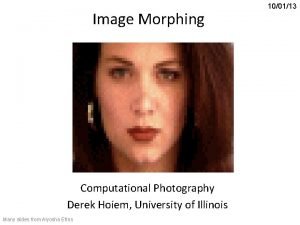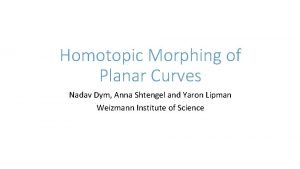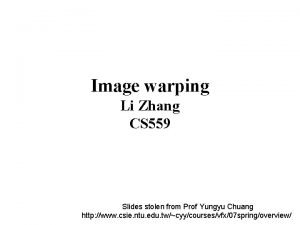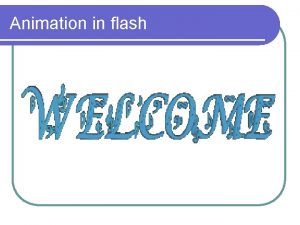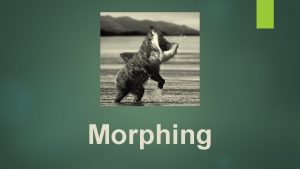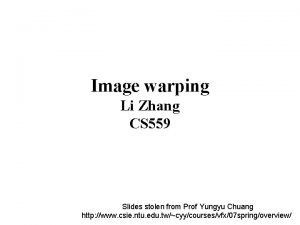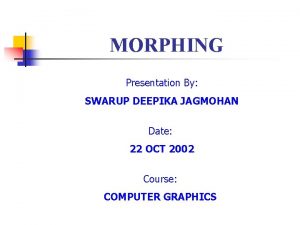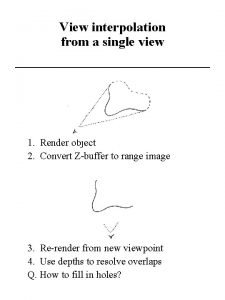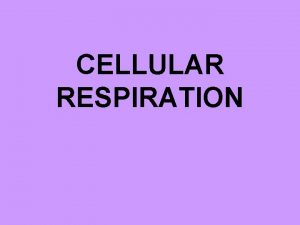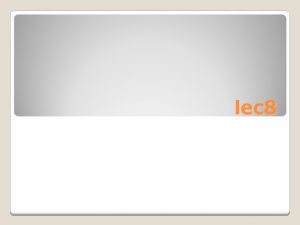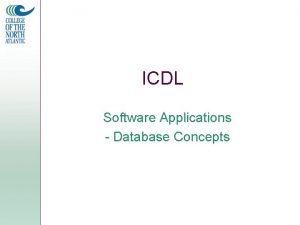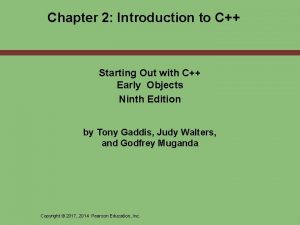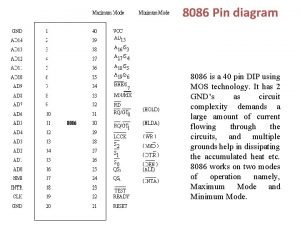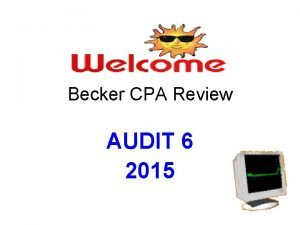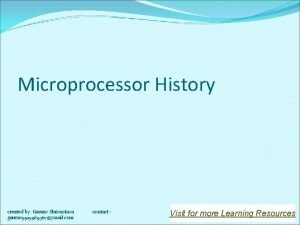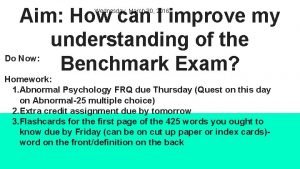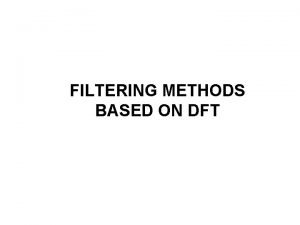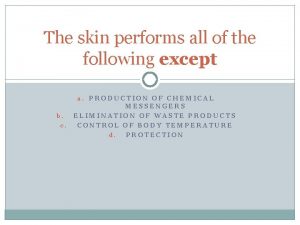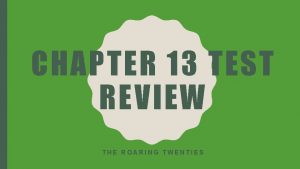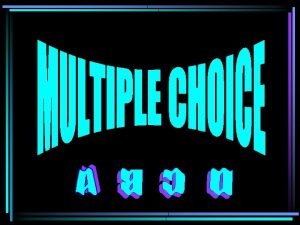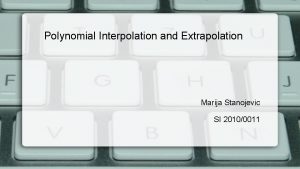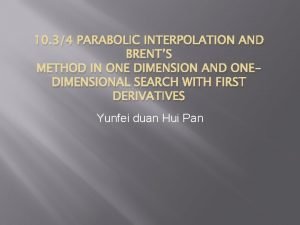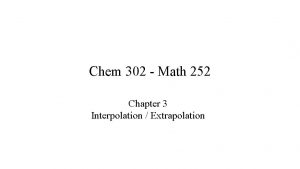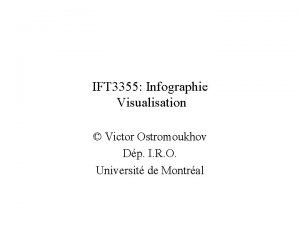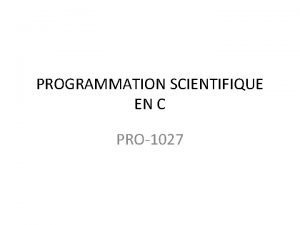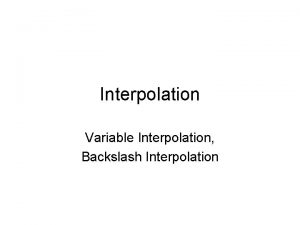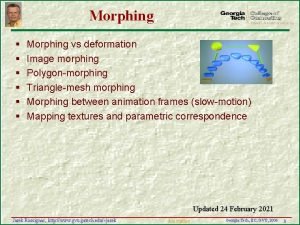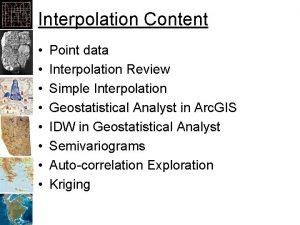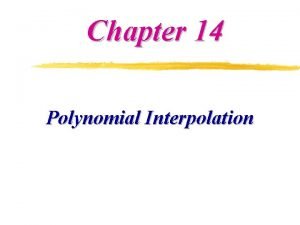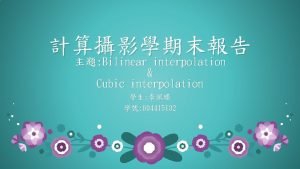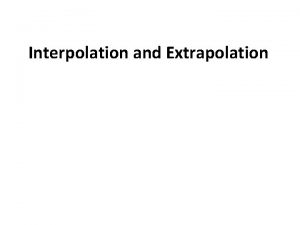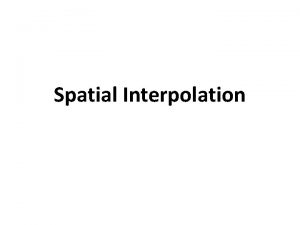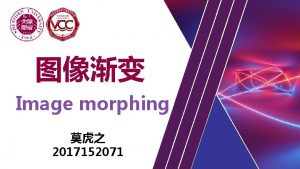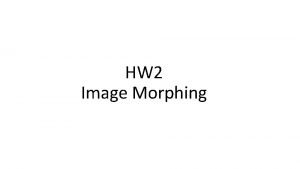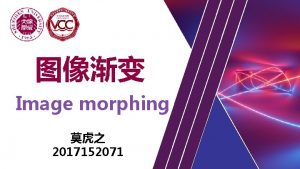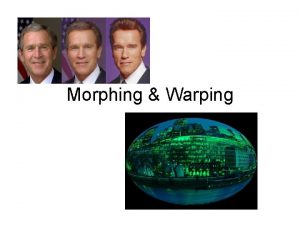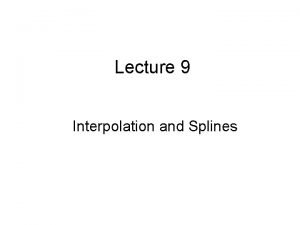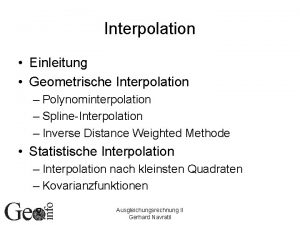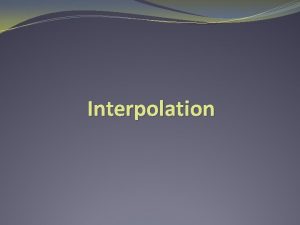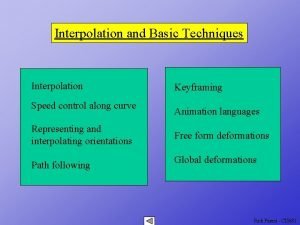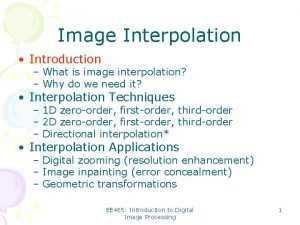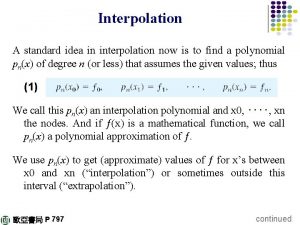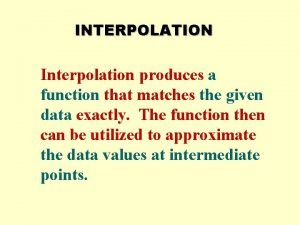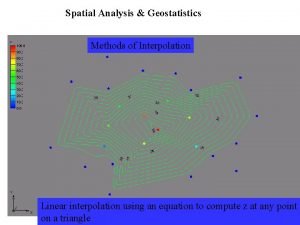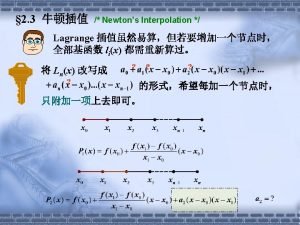Dynamic View Morphing performs view interpolation of dynamic



































- Slides: 35

Dynamic View Morphing • performs view interpolation of dynamic scenes

Expanded Theory • orthography • methods for finding camera-to-camera transformation • virtual camera not restricted to line connecting original cameras • “weak rectification” is sufficient for physical correctness • appearance of straight-line motion without camera-to-camera transformation

motion from time=0 to time=1, as seen through A

For Orthographic Projection physically correct straight-line motion (because motion vectors aligned) constant-velocity motion (because motion vectors identical)

For Perspective Projection • IF first make image planes parallel to: – motion of object, and – each other • THEN orthographic results apply • condition above is “weak rectification”

A time = 0 B time = 1 camera views related by fundamental matrix F

time = 1 time = 0 A B camera views still related by same fundamental matrix F

A time = 0 B time = 1

A B each object W has its own fundamental matrix FW

Camera-to-camera transformation • denoted TAB • once known, view interpolations portray “constant velocity” motion • potential for model building

Finding TAB • can be determined from fundamental matrices for two distinct objects • can be determined from four conjugate directions • can be approximated from two conjugate directions

A B each object W has its own fundamental matrix FW

Environment Map • “environment map” or “panoramic mosaic” or “plenoptic function”: all the light that reaches a given point in space at an instant in time

Environment Map Morphing • view morphing for environment maps time=0. 0 time=0. 4 time=1. 0

Environment Map Morphing • (STEP 1) find fundamental matrix • (STEP 2) “strongly rectify” the views that is, make TBA = a b c 0 1 0 0 0 1 then notice that, for any point in space, camera A and camera B will give the same y and z coordinates

Environment Map Morphing • (STEP 3) project environment map onto “image cylinder” (a. k. a “pipe”) this is the cylinder y 2 + z 2 = 1 • (STEP 4) interpolate conjugate points and morph

z = 1 “image plane” y 2 + z 2 = 1 “image cylinder”

Interpolating Augmented Views

Benefits • placing synthetic object over real object – segmentation – point correspondences – camera-to-camera transformation – added realism: moving parts, shadows, transparency, don’t morph synthetic object – can also use real object views instead of a synthetic object

Benefits • automation – by matching edges, computer can place model automatically – all previous benefits become automated • scenario visualization – combine synthetic objects with real scenes to create new scenarios

cylinder y 2 + z 2 = 1

TBA x after applying TBA B A and B = A

Outline • layering; static scenes, improvement • orthography • generalization of math for view morphing • making objects appear to follow line • Tab and how to find

Layering

Underlying Mathematics • “weak” rectification: image planes parallel • virtual movement not restricted to line

Orthography • long-distance photography • no prewarps needed! (physical correctness) • straight-line motion by aligning directions

Preconditions/Output

Appearance of Straight-line Motion


Orthographic Projection physically correct straight-line motion constant-velocity motion A B


TBA x B = A

t=1 t=0 B took this view A took this view after applying TBA A and B


A B physically correct straight-line motion constant-velocity motion
 Ethan is observing chemical and physical properties
Ethan is observing chemical and physical properties View morphing
View morphing Spline interpolation vs polynomial interpolation
Spline interpolation vs polynomial interpolation Photoshop morphing
Photoshop morphing Morphing
Morphing Morphing
Morphing Define morphing in computer graphics
Define morphing in computer graphics Morphing photography
Morphing photography Homotopic morphing
Homotopic morphing Morphing
Morphing Can only tween objects in the workspace
Can only tween objects in the workspace What is morphing
What is morphing Morphing
Morphing What is morphing
What is morphing View interpolation
View interpolation What type of cell performs cellular respiration
What type of cell performs cellular respiration A subprogram that performs a specific task
A subprogram that performs a specific task A computed is a calculation that a dbms performs
A computed is a calculation that a dbms performs This operator performs integer division.
This operator performs integer division. The function of den pin in 8086 is
The function of den pin in 8086 is Becker cpa review 2015
Becker cpa review 2015 A chemist performs the same tests on two
A chemist performs the same tests on two 8bit gaurav
8bit gaurav What is front end compiler
What is front end compiler An individual who stomps angrily out of a restaurant
An individual who stomps angrily out of a restaurant Filtering methods based on dft
Filtering methods based on dft The skin performs all of the following except
The skin performs all of the following except Manufacturing method in which each worker performs one step
Manufacturing method in which each worker performs one step To which city does romeo go after being exiled
To which city does romeo go after being exiled Transferered
Transferered Neville's algorithm example
Neville's algorithm example Parabolic interpolation formula
Parabolic interpolation formula Interpolation vs extrapolation math
Interpolation vs extrapolation math Victor ostromoukhov
Victor ostromoukhov Interpolation in economics
Interpolation in economics Algorithme de neville
Algorithme de neville
